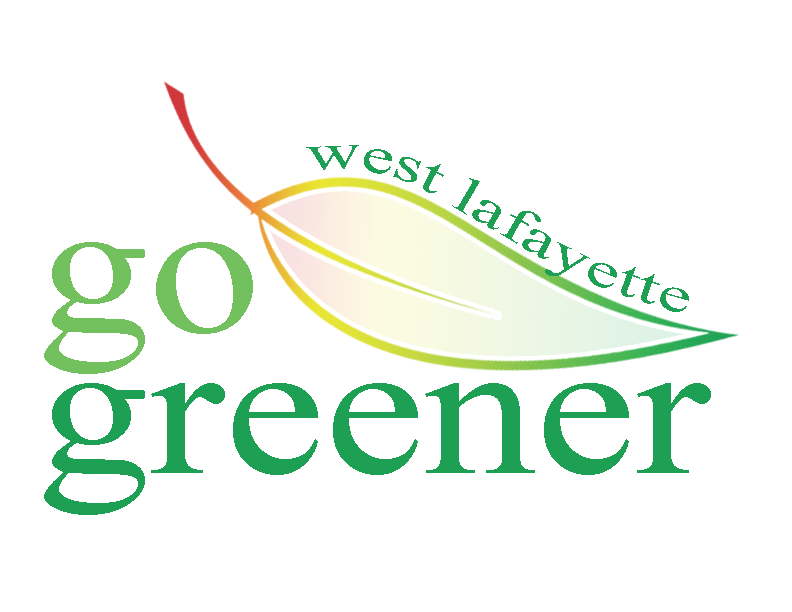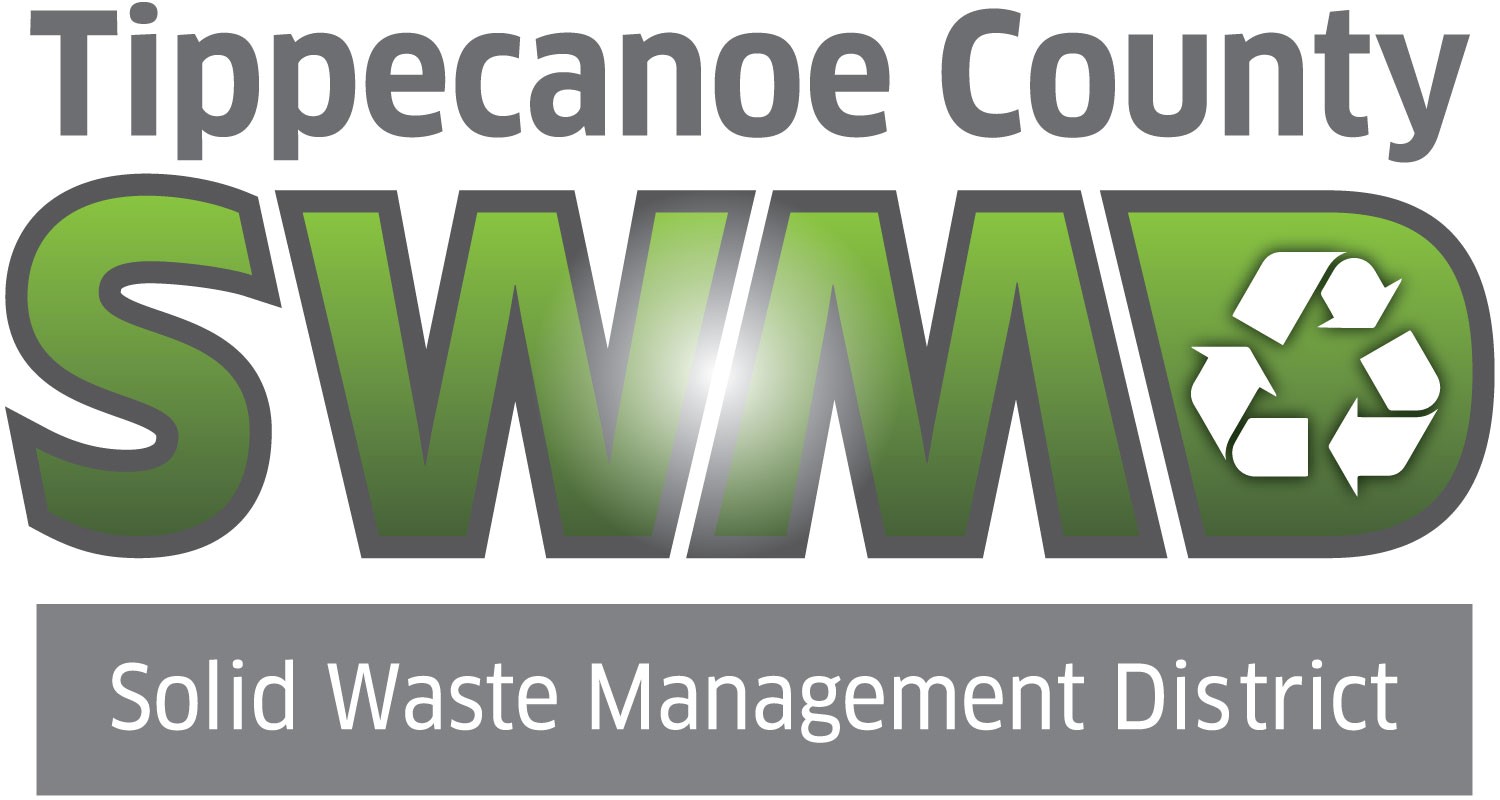Identify Opportunities to Create Emission Credits in Phoenix, AZ

In order to regulate Ozone, the Environmental Protection Agency (EPA) focuses on the precursors to Ozone, Volatile Organic Compounds (VOCs) and Nitrogen Oxides (NOx). The EPA also recently revised the Ozone standard from 75 to 70 ppb which impacts many areas in Western States based on climate and topography, including the Phoenix area. The Phoenix Area is currently not in attainment to the National Ambient Air Quality Standards for Particulate Matter less than 10 microns (PM10) and Ground Level Ozone (O3). Since Phoenix is in non-attainment, any existing Major Sources of air pollutants that want to expand and add capacity or new manufacturing factories that want to locate in the Phoenix Area will need to “Offset” any adverse air quality impacts to the local airshed by using Emission Credits of the same pollutant.







